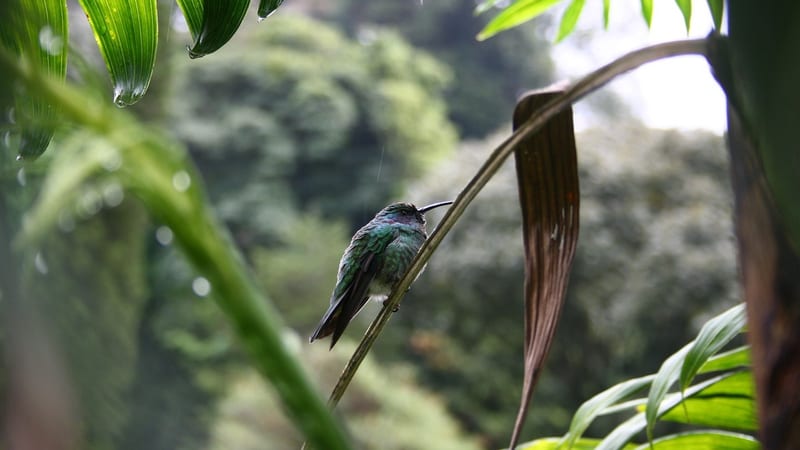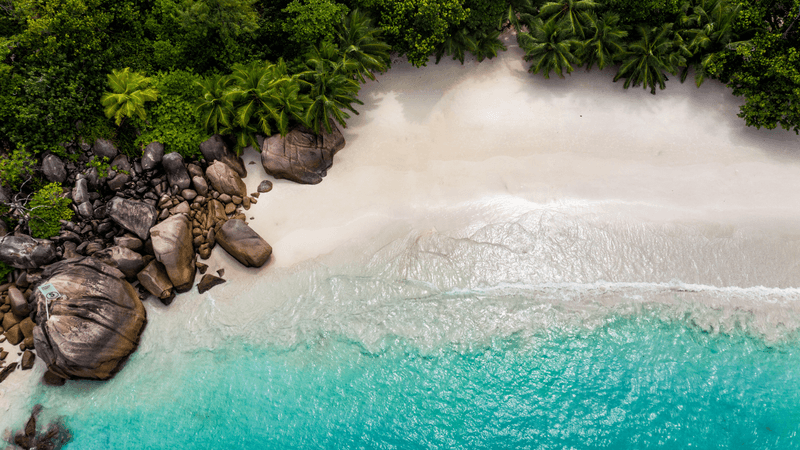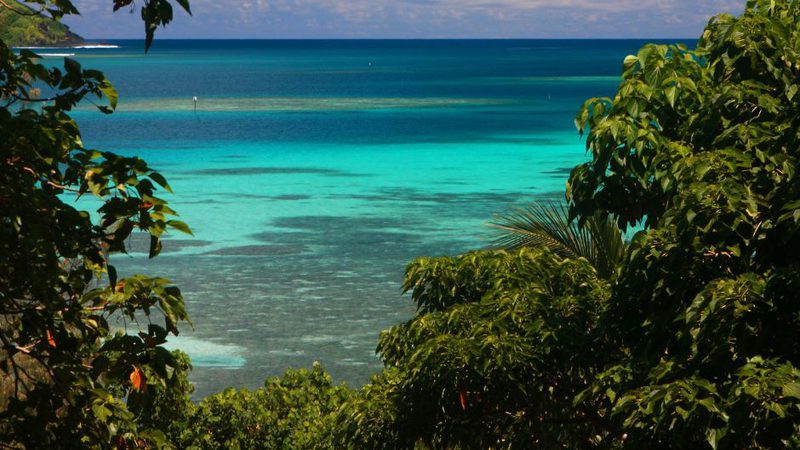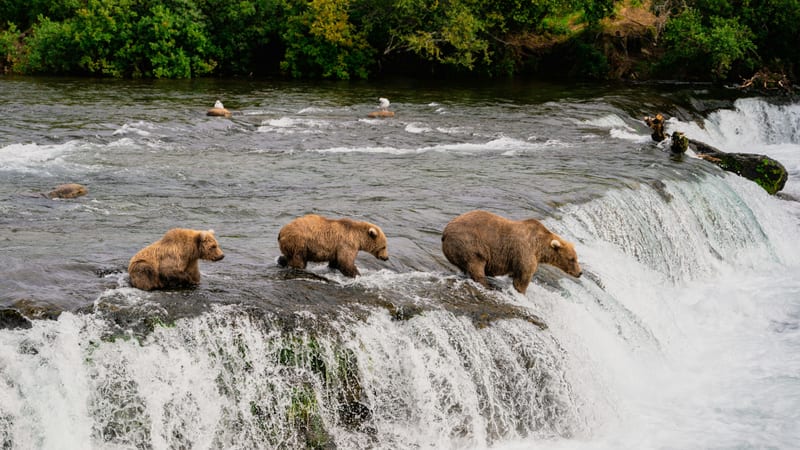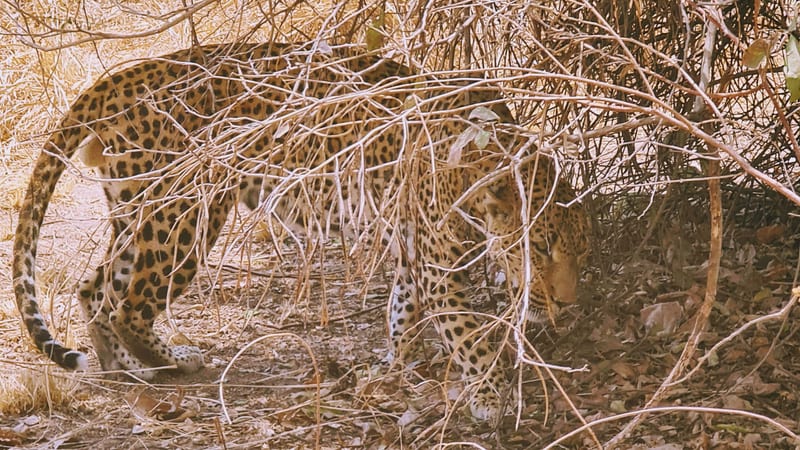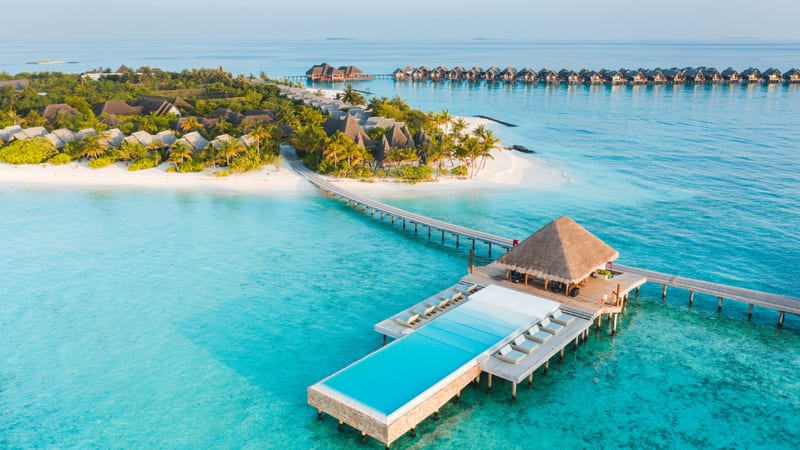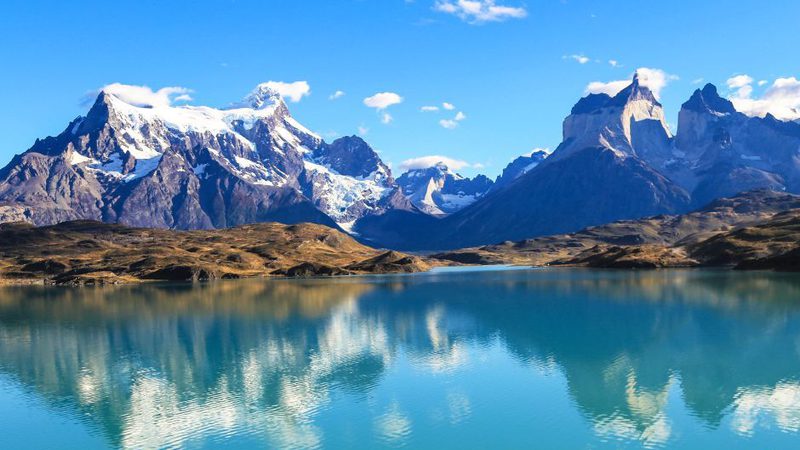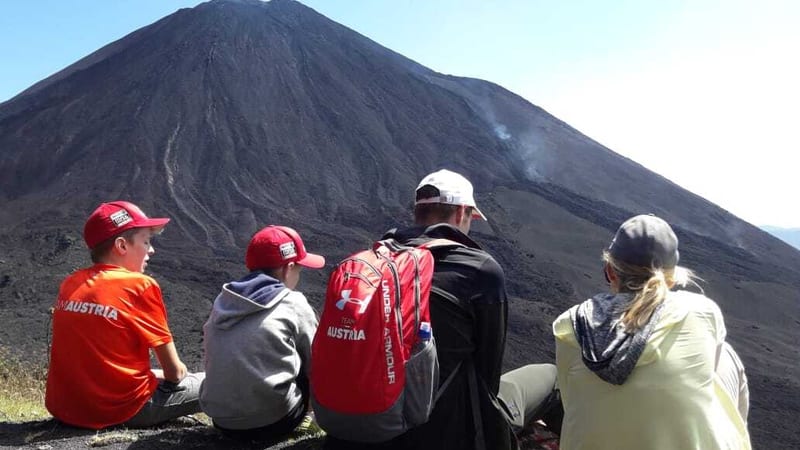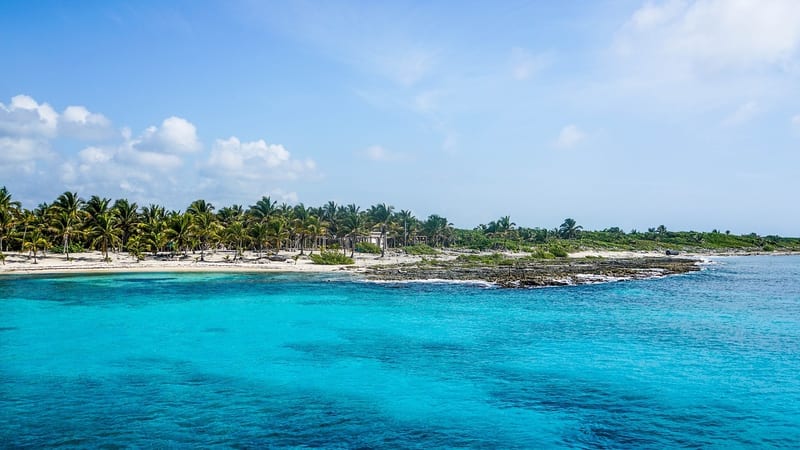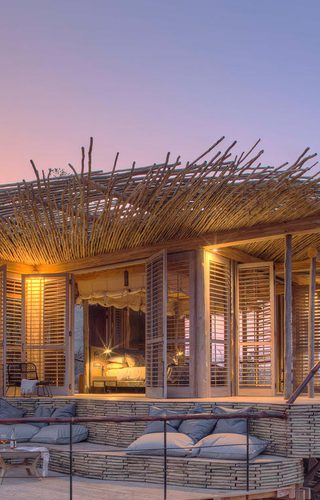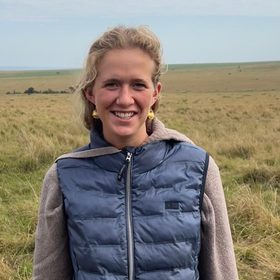Inspired by the landscape which surrounds it, Jabali Ridge blends almost seamlessly with its environment
Location: Jabali Ridge is perched atop a granite kopje overlooking the vast, remote wilderness of Ruaha National Park, along the wildlife-rich Mwagusi River corridor in southern Tanzania. Its elevated position among immense boulders and baobab forests provides panoramic views and a sense of true seclusion - visitors often remark on how few other safari vehicles are ever in sight. Ruaha's raw landscapes and large predator populations - including prides of lions, leopards, hyenas and wild dogs - make Jabali Ridge an immersive gateway to southern Tanzania's wild heart.
Rooms: The camp comprises eight raised luxury suites, each discreetly located among granite boulders and finished in natural wood, thatch and louvred shutters that open onto expansive views. The suites feature plus king-size beds, indoor and outdoor rain showers, flush loos, elegant double basins and a private veranda complete with hammock and sunken outdoor lounge. For families or full exclusivity, Jabali House is available - with three bedrooms, private guide, pool and chef - alongside the main lodge.
Amenities: Communal areas include a stylish open-plan lounge and dining tent, an on-site spa, a stunning infinity pool overlooking the valley, a well-appointed library, and a gin bar for evening sundowners. Guests enjoy gourmet dining - with fresh-baked breads, homemade ice creams and regionally inspired cuisine - whether in camp, under the stars or on a bush table. There's Wi-Fi, solar-powered electricity, secure safes in each suite, in-room charging, laundry service and optional private dining experience.
Activities: Days begin with early game drives, followed by optional walking safaris and night drives to glimpse nocturnal wildlife. Additional experiences include fly-camping, bird-watching, and guided excursions to the Ruaha Carnivore Project, helping deepen your understanding of conservation efforts in the region. Back at camp, spa treatments or time overlooking the sweeping views offer a perfect balance to active safari pursuits.
Sustainability: Built predominantly from locally sourced, sustainable timber and and stone, Jabali Ridge reflects Asilia's commitment to eco-luxury design that blends seamlessly into the landscape. More than 90% of the camp's electricity comes from renewable sources, the lodge supports the Ruaha Carnivore Project run by Oxford's WildCRU, contributing to wildlife research, anti-poaching efforts and community engagements. Its Twende Porini education initiative invites local children to experience conservation first-hand, and land preservation and carbon-offset projects further reinforce their environmental ethos.
Best places to stay in Ruaha Safaris
Ruaha Safaris Trip Inspiration
When to visit Tanzania
Find out the best time to visit Tanzania with our month by month guide.
- Best
- Good
- Mixed
- Jan
- Feb
- Mar
- Apr
- May
- Jun
- Jul
- Aug
- Sep
- Oct
- Nov
- Dec
January
January is mixed when it comes to weather, temperatures rise whilst the chance of rain and humidity increases. It is still a good time to go, as the rates are lower yet the game viewing is still excellent.
- During this time migratory herds are in the Serengeti for calving season, meaning the Ndutu plains are busy.
February
The weather remains hot with a chance of rain in February.
- Meanwhile in the Ndutu Plains the migration is still occurring.
March
March is the calm before the storm, before heavy rains and humidity builds. Visitors can take great advantage of lower rates during the low season.
- Migrating herds start to leave Ndutu, heading West towards Grumeti.
April
April experiences continued periods of heavy rain, we would advise against travel due to the conditions.
May
During may there is periods of heavy rain, we would advise against travel due to the conditions.
June
June heralds the wet season, bringing lush green vegetation which can make spotting game more difficult. It is a particularly great time for birders as parks become populated by migratory birds especially in the South.
- Migration is still in the Grumeti area, heading north.
July
July is the start of peak season, temperatures reach up to 30 degrees and the surrounding land becomes drier and spotting game is becoming easier.
- The migration is in the Northern Serengeti moving towards Kenya.
August
August is peak season, with bush land drying out game spotting becomes much easier. If you want to experience Tanzania game at its best, August is the time to travel.
- The migration still remains in the north.
September
Peak season continues in September, the Northern circuit can be very busy, if you want to avoid crowds it's best to visit the southern parks.
- The end of the migration is still in the north with herds on both side of the Kenyan and Tanzanian borders.
October
Peak season continues into October with good game viewing in the Serengeti and southern parks.
- The migration has now crossed over into Kenya.
November
November is the start of the rainy season, the rains tend to be overnight so it is still a popular time to travel. During this month you can take advantage of low season rates.
- Migration crossing over into the Serengeti can be seen a the Tanzania and Kenya border.
December
Rains continue in December, whilst the temperature and humidity start to build. Venturing out on safari is generally good, with large game still easily spotted.
- Migrating herds in the north travel south back to Ndutu.
Speak to a Tanzania expert today
and start planning your tailor-made vacation

Alistair





